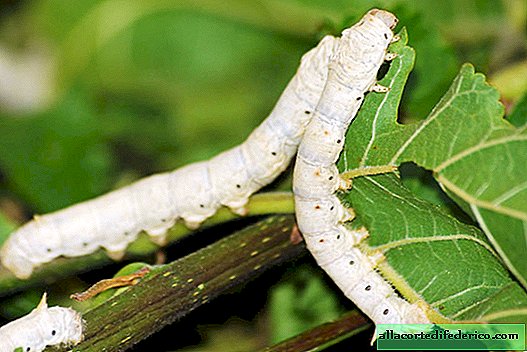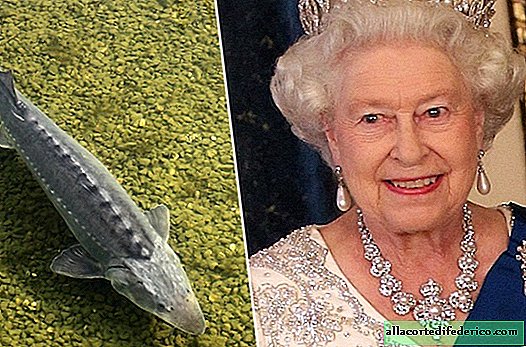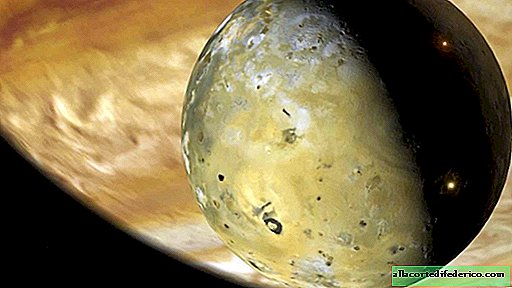Silkworm Caterpillars Help Scientists Get Heavy Duty Thread
The silkworm butterfly was domesticated in ancient China about 5 or even 7 thousand years ago. This was done because of their tracks, with the help of which people received silk - the most valuable of all fabrics. Silk production was the most profitable sector of the Chinese economy in the Middle Ages. And the Great Silk Road owes much of its appearance to this amazing butterfly.

The silkworm caterpillar, or, as it is also called, the silkworm, sits on a mono-diet and feeds exclusively on the leaves of the mulberry tree or mulberry. This nondescript caterpillar grows quite quickly and after 30 days is ready for the next stage of development - pupation. In order to turn into a butterfly, each caterpillar weaves for itself a cocoon of the finest silk thread, usually 500-900 meters long. Particularly large and zealous specimens are able to weave a cocoon from a 1500-meter string. And people can only unwind this thread and use it for fabric production. Thanks to the triangular section, the silk thread has the ability to refract sunlight. Therefore, silk fabric glistens and shimmers, and also has increased strength.

Chinese scientists have decided to add variety to this thousand-year-old technology. They suggested that if a new beneficial substance was added to the food of the caterpillars, it would also be part of the thread they produce. And they were not mistaken! Graphene, or carbon nanoparticles, was chosen as an “improver”. It is called the material of the future, and the prospects for its use are associated with industries such as electronics, energy and medicine. For the experiment, a solution containing 0.2% graphene was used. This substance was regularly sprayed on the leaves of the mulberry tree, which caterpillars feed on. After the silkworm pupated, scientists began to extract the thread. As the researchers suggested, the new thread had carbon nanoparticles in its composition and acquired better properties: it became more resistant to mechanical rupture, as well as more elastic. A fabric made from graphene silk thread has become twice as durable as its classic counterpart. The improved canvas also demonstrates another interesting feature: after heating to 1050 degrees, the graphene silk fabric acquired electrical conductivity. This new property opens up wide prospects in the field of biomechanics and medicine. It is planned to use innovative material for the production of sportswear, as well as for the manufacture of biodegradable medical implants. It is likely that, inspired by a successful experiment, researchers will want to add some other useful substance to the silk thread.


















